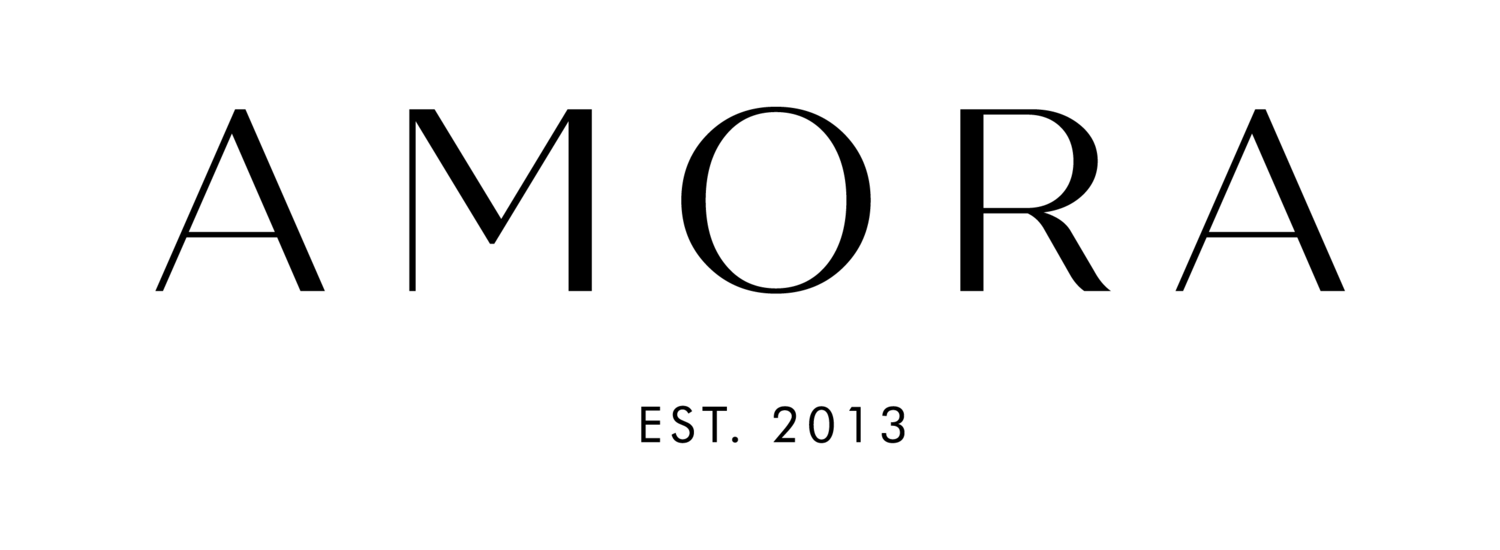design for sustainability
A couple of years ago in a Yoga class, I received a life lesson that I'll never forget. I was going through a tough time in my business and the yoga teacher offered wisdom that I realised could be used in all areas of my life.
She said – “When holding a pose that causes discomfort, never apply 100%. Find your 60% and stay. That’s where your practice becomes sustainable. The other 40% tends to be the ego.”
Just 60%?! I thought. That’s lazy. I can easily give more. I can push harder. How about 80?!
Then I took a deep breath. Relaxed into it and noticed how lovely frog pose actually feels at 60%.
It was still effective. I felt the stretch and it was yum. Gentle is yum.
Weeks later, reflecting on this number - 60% - I remembered learning that humanity’s demand for ecological resources corresponds to 1.6 planet Earths. This metric, called Ecological Footprint, compares our economy’s use of natural resources versus what the Earth is able to regenerate.
In 2021, we hit Earth Overshoot Day on July 29th. Which means we’ve already used up all the resources that Mother Earth can renew for the year since July. We’re officially running on empty.
On many levels we are pushing beyond what we can sustain.
We’re burning everything out - the body, the mind, the soul, the planet. And we know it.
My question is: why do we believe we need to exhaust ourselves to achieve results?
I decided to bring this experiment to my business. I needed the rest, I needed to pull back from 100% and re-vision. I needed more yum. So I consciously decided to operate at 60% capacity. I took more days off, I stopped over-delivering and had a break from social media marketing.
And the main thing that changed was not my bottom line.
It was my expectations around time.
I learned that if I can dissociate the idea that faster = better and that more = growth, I can achieve wonderful things in a healthy and sustainable manner. In the long term, considering our personal availability of resources, slowing down is not only more sustainable, it’s also more profitable, and definitely more enjoyable.
The other thing that significantly changed was my personal definition of success. Each of us has a different perception of what success looks & feels like, from time to time it’s important to revisit and check if that perception is still in alignment.
So how could you reframe your work to be effective AND sustainable? What would your business practice look like if you prioritised longevity over productivity?
If we gave up the need for industrial-scale and embraced a more sustainable, humble, human-scale way of living*, how would your business respond? How would you ego respond?
Carolina x
Design for Sustainability is a holistic approach that encompasses more than environmental awareness. It includes social, economic, spiritual and cultural regeneration.
I brought more sustainability to my life and business when I released the idea that I’m separate from nature and embraced a holistic approach to life — where each small part is responsible for creating harmony and balance for the whole.
Today, my personal balance translates as an intimate connection with the four elements, a more gentle style of business leadership, more rest, more care (for self and others), less fucks given and more trust in my intuition and creativity.
*h/t Helena Norberg-Hodge
